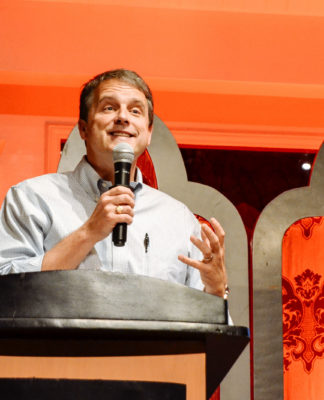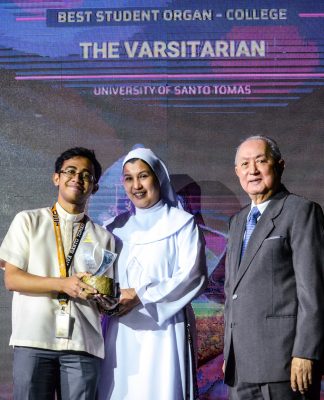WHAT makes all graduating students grin months before they march is to face the camera for a yearbook photo shoot, where they are expected to beam in their retouched looks.
What can make all graduate students grim months after they marched is to get hold of that yearbook that looks like somebody’s slam book.
I still remember grabbing my copy of the 2005 Thomasian. Besides the fact that errors on names, honors, and affiliated orgs were corrected only in later copies after some gripes, the yearbook was in bad taste.
The big picture is this. There were college student council members who question why they were not consulted in the choice of the official photographer of the yearbook and its three-year contract. The price was cheaper for the bidding, but the angling and quality of the photos were also cheap.
You will understand why “unofficial” college and course yearbooks have propped up and have become more in demand than the Thomasian. A yearbook is one’s photo diary, and any student would want to be rendered and remembered like a work of art.
The worse part of that latest yearbook is its layout and choice of pictures and subjects under “University Life.” There are many badly taken shots of insignificant events that hardly qualify for “university life,” such as whole folds on exclusive birthday or Christmas parties of this or that office, or this personnel or that administrator in this or that groove, and other things that should land in personal blogs. Those who had a hand in the choice of the pictures are glaringly omnipresent in the yearbook.
None of the graduates, I think, would wish to fondly remember these so-called university affairs. Many other major events could have been slotted, especially those by the students. The list and degrees of teachers were not even updated. The yearbook is essentially a common album of the students who graduated, of people and events that mattered to them that suppose to draw memories as they brush over its dog-eared pages in old age. This is why careful production and student consultation matter before a yearbook goes to press.
Another unsavory sight was the 4R photo of an administrator’s “favorite birthday cake.” There is nothing unusual in the plain cake that was given a space many times the size of what was allotted to students, except the fact that you can’t taste it. The cake of course, or any of the accidental personality highlights, did not pay a thousand in the tuition for a space in a yearbook, and almost another thousand for the picture-taking.
This reminds me of the last French Queen, Marie Antoinette (whose movie by Sophia Coppola will show this November), and her rumored words, “let them eat cake,” to the hungry mob who have no bread to eat. This time, it’s “let them see cake” to Thomasians who can’t pay the full price of a run-of-the-mill yearbook. Students who can’t afford to see themselves in the yearbook would see there instead pages and pages of vain, personalized sights.
Let’s admit it. There are many Thomasians whose names and images will be published only once in their lifetime, in their yearbook. Let us have the modesty to grant them the aesthetic space. Let us give the students the best piece of the cake.
* * *
Congratulations to Medicine students Marika Biag, Karen Latorre, and Sarah Jane Datay who bagged the first, second, and third prizes of the first UST Medical Alumni Association’s essay-writing tilt. You’ll get well soon in your Medicine profession, while your pens soothe patients’ souls.
















